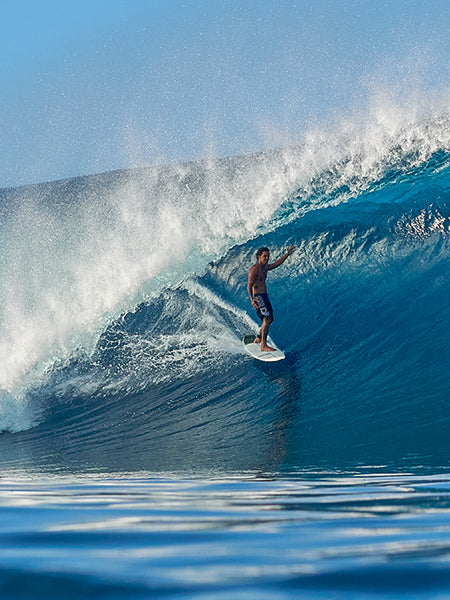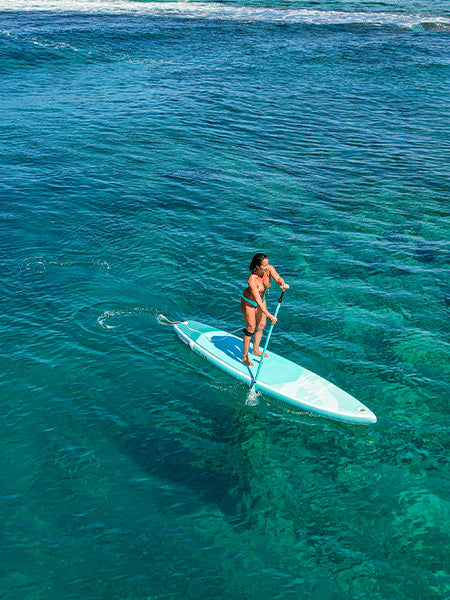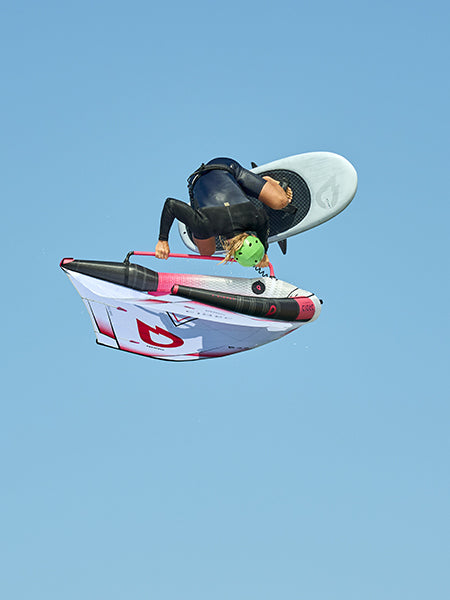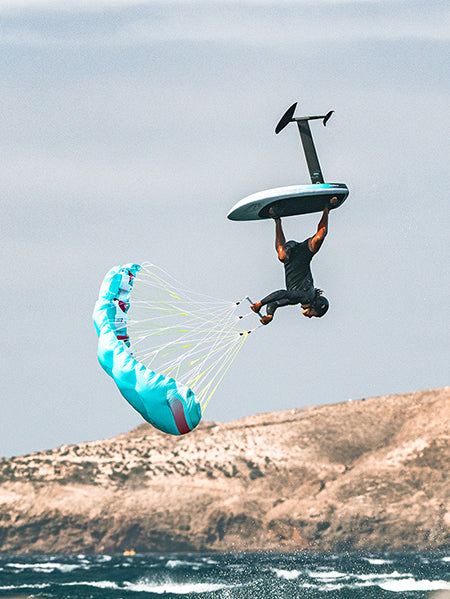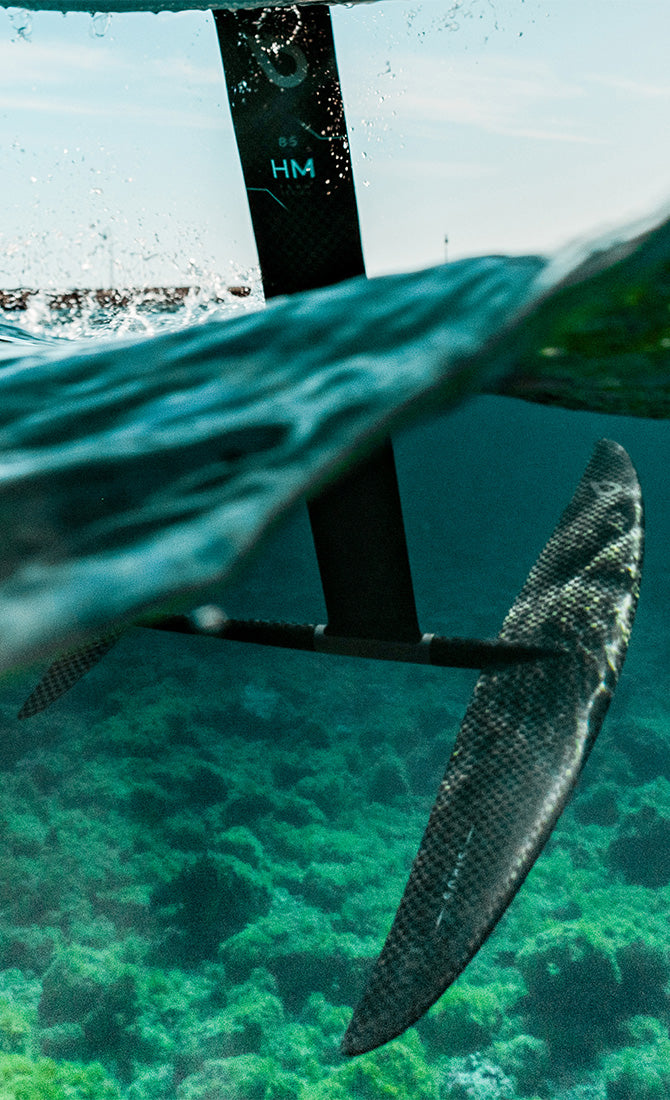HOW TO: TOWING
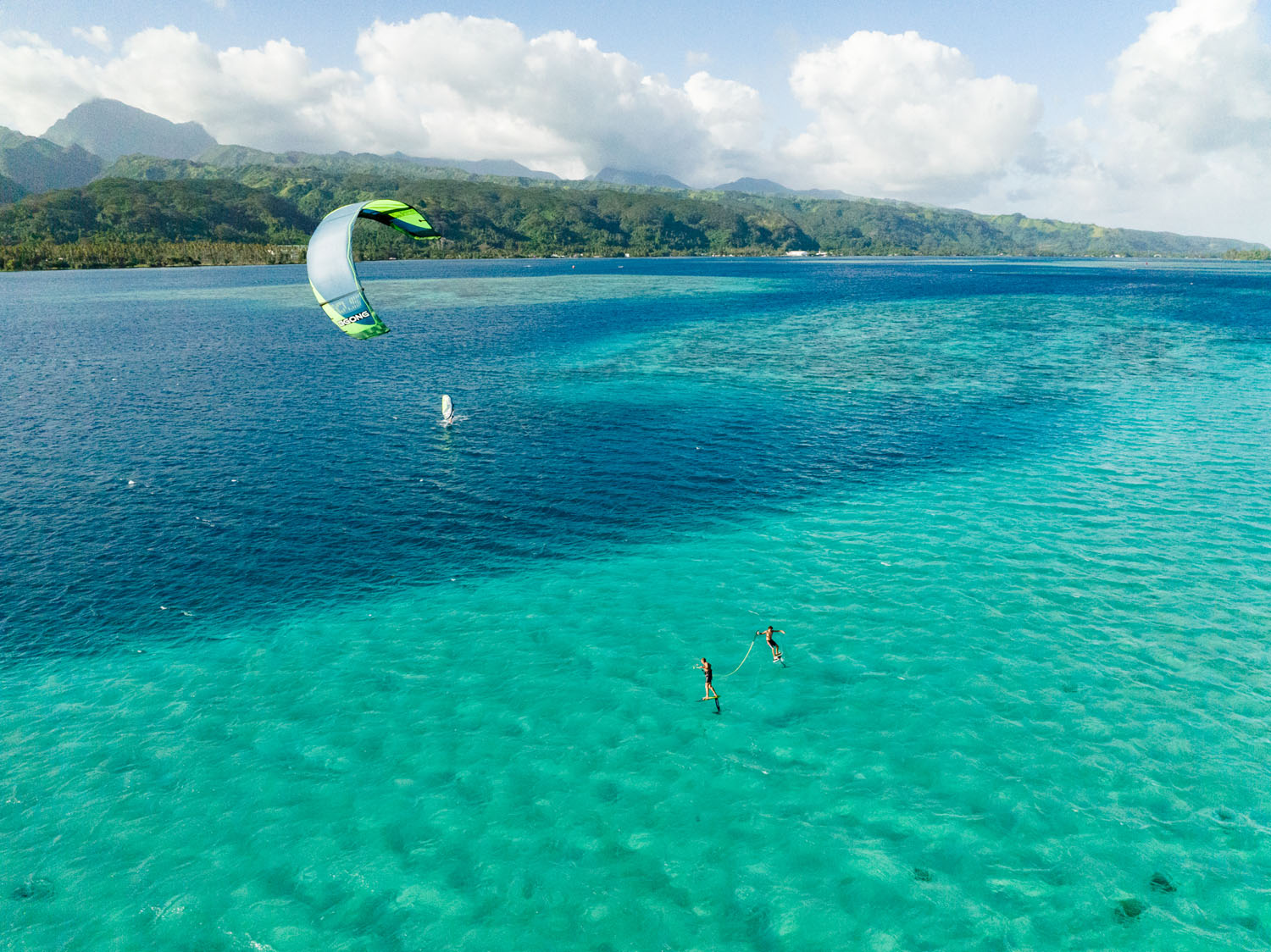
Thanks to the democratization of foils, towing is no longer just for jet ski owners! 😉 A kite is more than powerful enough to tow a surfer on a foil because the latter only needs very little energy to fly.
But before flying, you have to take off… Here are our tips:
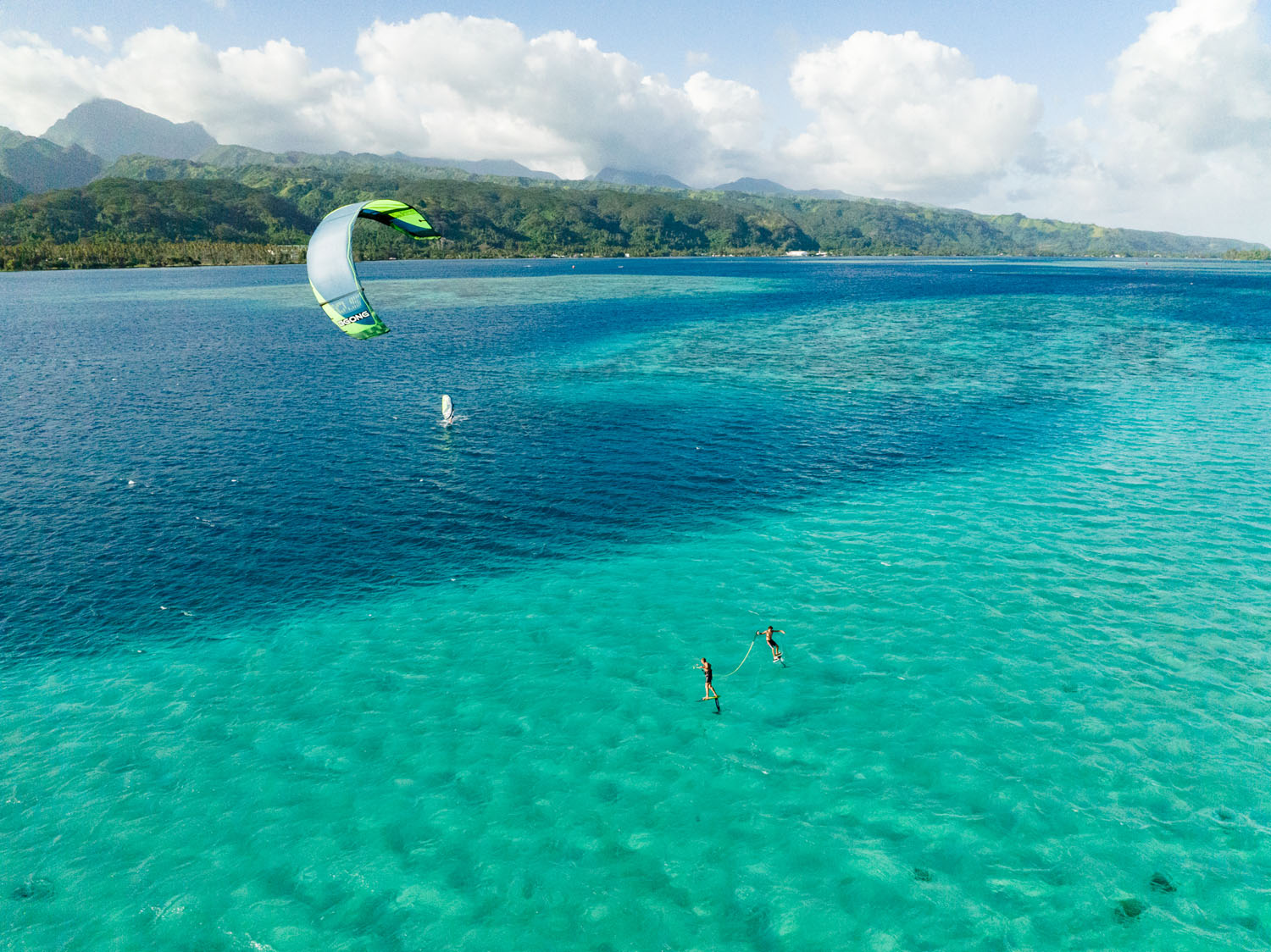
Unless you benefit from suitable conditions to take off on your own (beach start, dock start or take-off on a wave), take-off is done more or less like in water skiing. Put yourself in favorable conditions for your first tests:
- A calm body of water
- The right wind: You need power because there’s two of you on one kite. Slightly overpowered is perfect. No need to double the size of your kite. You have to be able to navigate normally, with control.
- If possible, equip yourself with a foil that allows you to fly at low speed. You both need lift, whether you’re the one kiting or the one being towed.
- A board on which the towed surfer can crouch is a plus in light winds. With the body already out of the water, the chances of success are multiplied. If the wind is strong, a surf foiling type of board with foot straps is perfect.
- A rope of at least 4 m, long enough to keep a safe distance between the two, especially during the flight. Not too long because the start must be almost simultaneous to benefit together from the power of the kite during the waterstart.
- An attachment point for the rope that can withstand the strong pull at the start (it would be a bummer to destroy your harness).
- The attachment point must be centered so as not to destabilize the pilot too much at the start.
Coping with the take off when you’re the one kiting
Go towards the future towed surfer and wait until she or he’s already in a starting position to give the rudder. That is to say crosswind and crouched on a board that floats or in the straps of a sinker board (a surf foiling board for instance).
Communicate clearly with the towed surfer. Do not start without its green light. A failed attempt is a lot of time wasted to reposition yourself. Launch the kite with more amplitude than for a classic waterstart to extract the surfer from the water. So be well set in your straps and if the wind is limited, do not hesitate to go for a kiteloop. On a boat, the procedure is the same to get a skier out. You have to put a lot of acceleration at the start. In kiting, there is no risk of tearing the rudder from the hands of the towed surfer by excessive acceleration. The challenge is above all to get her or him out of the water. If this first step is successful, pay attention to the position of your follower fish. You are moving at a short distance from each other and a collision between 2 foils can have consequences. Turn wide when jibing to make it easier for your buddy behind you to maneuver.Coping with the take off when you’re the one being towed
Put yourself in the right position to get going. It’s not totally like water skiing, you have to watch where the wind is coming from 😉 If the board allows it, crouch down, ideally in the straps. If the board is a sinker, place your feet in the straps as for a classic waterstart. Only then accept the rudder extended to you by the kitesurfer.
After giving the green light, pay attention to the movements of the kite. Keep your legs bent throughout the launch phase, whether you’re on a floating board or a sinker. You don’t have to counter with your legs. Stay compact. The board must be extracted from the water by the force of the kite alone. Stand straight only from the flight. Throughout the launch phase, your board remains perpendicular to the axis of the wind. During the flight, you control the tension of the rope by the distance you take with the kitesurfer. Maintain regular tension. If you stray too far in the opposite direction, you could cause a tension in the rope that will cause your buddy to fall. When the kitesurfer jibes, take care to keep a wide line to avoid any collision. And above all, be a good pal, turn the tables once in a while 😉